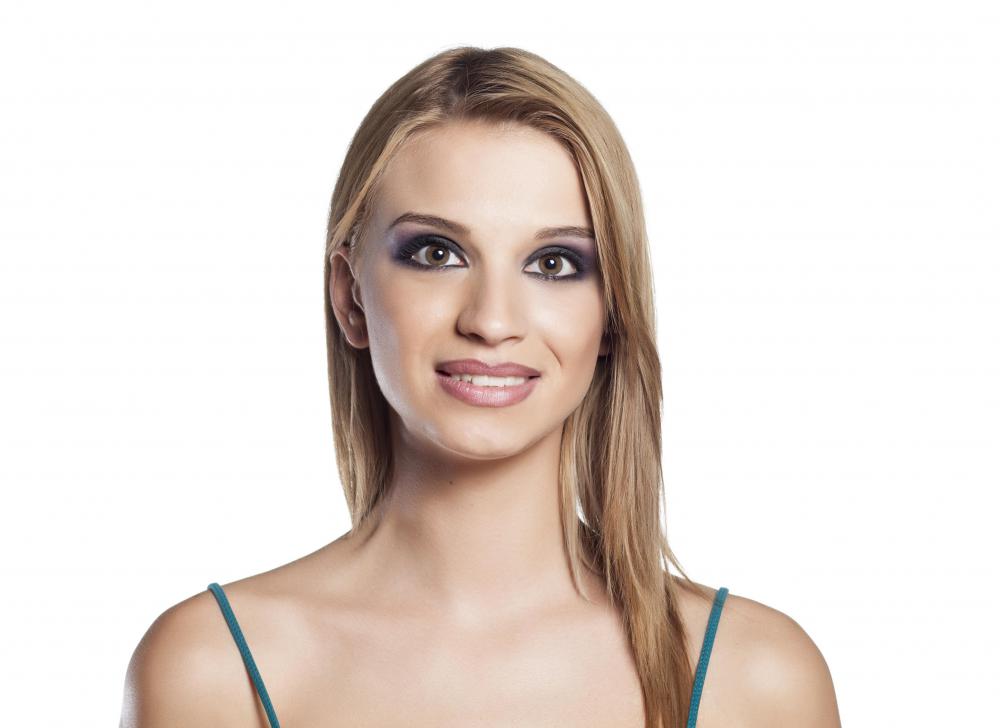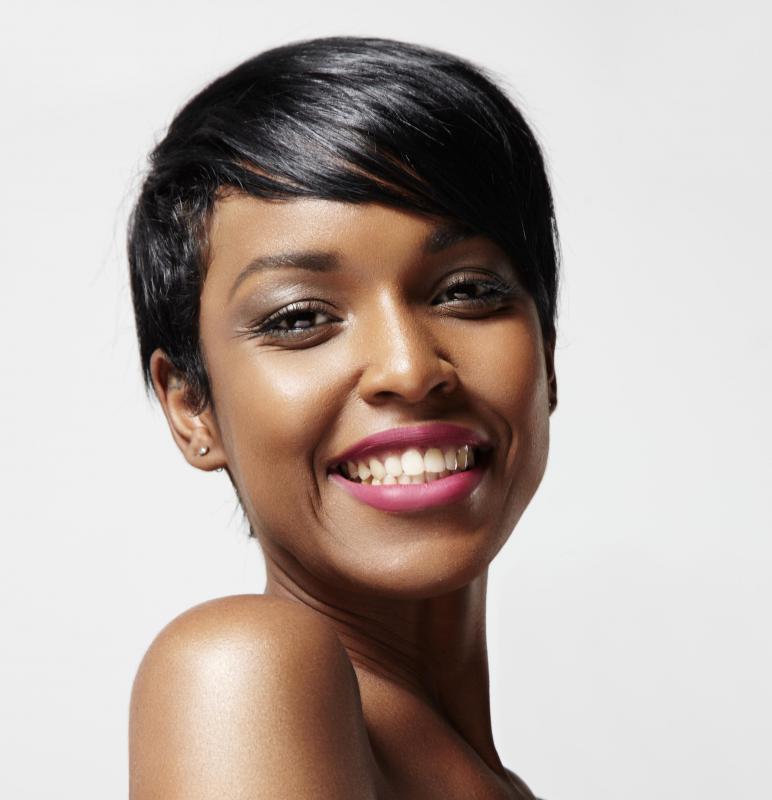At TheHealthBoard, we're committed to delivering accurate, trustworthy information. Our expert-authored content is rigorously fact-checked and sourced from credible authorities. Discover how we uphold the highest standards in providing you with reliable knowledge.
How Many Muscles are Used to Smile?
Many people have heard some version of the saying "it takes X muscles to frown, but only Y muscles to smile," with X usually being larger than Y, to suggest that it should be easier to smile than frown. The numbers in this saying can vary quite radically, however, and even when one accounts for the different types of smiles, such diversity is a bit suspect; any number between four and 22 seems to be used. In fact, the precise number of muscles used to smile is a bit unclear, although people have certainly conducted extensive research into the matter.
Of the 36 muscles used to create facial expressions, only a fraction are used in smiling. The precise number involved can vary, depending on an assortment of factors. Some people, for example, argue that eye crinkles are part of a genuine smile, and that therefore the muscles involved in this activity should be considered part of the number of muscles required to smile. Researchers have also discovered that people from different areas of the world smile differently, although they may use many of the same muscles.

Different types of smiles have also been extensively documented, ranging from the zygomatic or genuine to the utterly fake. People make smile-like expressions for a variety of reasons and in an assortment of ways, and each requires slightly different muscle movements. By studying pictures of people smiling, some skilled researchers can point out the subtle meaning and variation behind the seemingly friendly facial expression.

Six pairs of muscles appear to be directly involved in smiling: the levator anguli oris, levator labii superioris, orbicularis oculi, risorius, zygomaticus major, and zygomaticus minor. This brings the grand total to 12 muscles most probably used to smile. Most authorities who are familiar with their anatomy seem to settle on this number, with 11 muscles being used to frown. That's right: in terms of sheer numbers of muscles involved, it is theoretically easier to frown than to smile.

Before one rushes to dispute the saying that it is easier to smile than frown based on this evidence, it is important to be aware that in its resting state, the mouth often approaches a smiling expression, suggesting that minimal effort is required to pull the mouth into a full grin. Furthermore, muscles vary widely in size and strength, so it is entirely possible that people expend less energy in smiling than they do in frowning. Perhaps some intrepid researcher will conduct a detailed study to get to the bottom of the matter.
AS FEATURED ON:
AS FEATURED ON:















Discussion Comments
My smile is like the Mona Lisa's because a few years ago I had a paralysis in one side of my face. When I recovered, my facial muscles on the left side were never the same. Now when I smile, my right side goes up and the left one goes down, so maybe Mona Lisa had a face paralysis.
@hyrax, some research even suggests that the act of smiling can send signals to your brain to improve your mood- even a small smile can do this, not just a big, teeth-showing grin. So smiling is definitely better for you, it seems.
Many common sayings, such as the suggestion that it's easier to smile than frown, are grounded in some sort of truth. However, it is often the case, such as here, that the truth is hard to find. That being said, it's still not hard to smile, no matterhow many muscles it uses.
It seems to me that in case of laughing we use even more muscles than we do in smiling, because the whole body seems to be involved in genuine laughters.
Post your comments